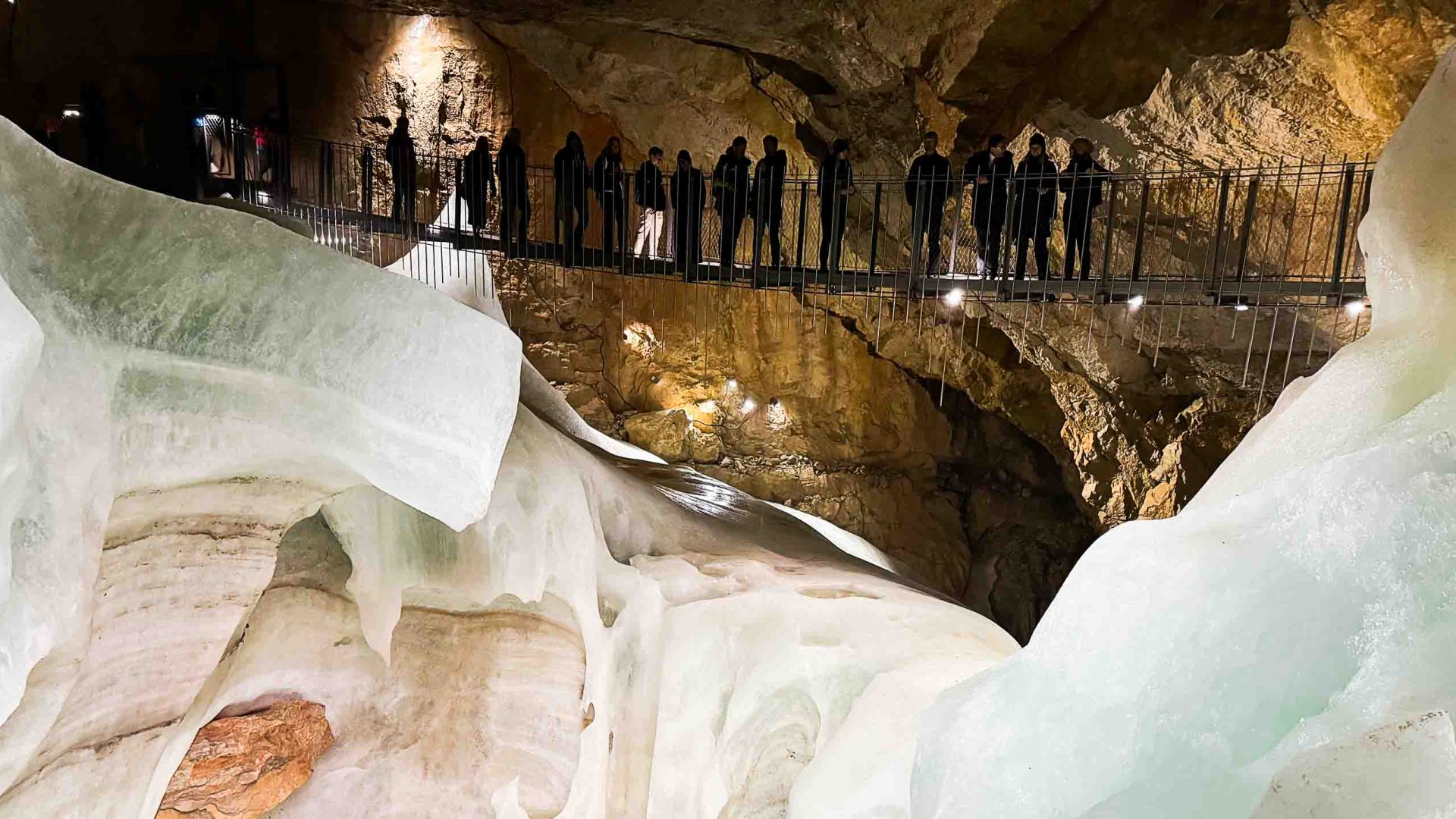
Scientists say it’s likely that Austria’s Dachstein glacier will have melted almost completely by the end of this century. Now, deep in an ice cave, an artist is giving the dying glacier a voice—via an ambitious sound sculpture.


Scientists say it’s likely that Austria’s Dachstein glacier will have melted almost completely by the end of this century. Now, deep in an ice cave, an artist is giving the dying glacier a voice—via an ambitious sound sculpture.
I’m in an enormous cave in alpine Austria, listening to the sounds of a glacier dying. Or crying. Or, at least, profusely dripping.
Wrapped in a dark coat, chunky black gloves and a grey beanie, veteran American sound artist Bill Fontana is filming the cave’s craggy interiors with a smartphone attached to a selfie stick. A few tourists, also dressed for winter in late summer, are standing next to huge, bulbous ice blocks that resemble abstract sculptures.
The visitors’ eyes are closed, their chins pushed forward slightly, as they absorb the sound of dripping, clicking, whooshing and ethereal shimmer spilling from unseen speakers placed around rocky crevices.
This is the latest incarnation of Fontana’s Silent Echoes sound sculpture project, launched as part of the European Capital of Culture (ECOC) program in Austria’s rural Salzkammergut region. Having journeyed to the ice cave by cable car, we are halfway up a mountain beneath Dachstein glacier: A 2,700-meter-high mass of snow, ice and limestone that scientists say is likely to have melted almost completely by the end of this century.
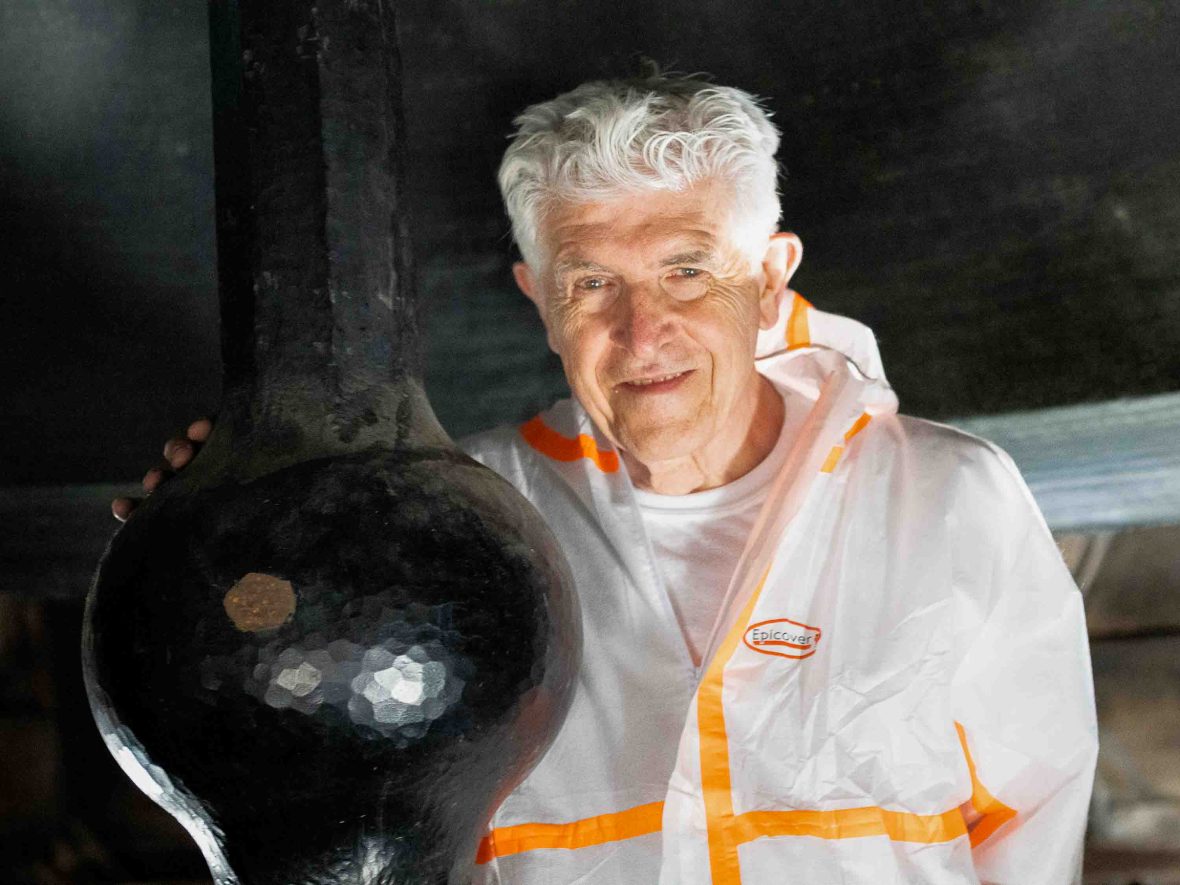
Fontana’s sound sculpture, featuring sound recordings of water movement from the melting Dachstein glacier above us, is intended to be an artistic comment on global warming.
“The issue of melting glaciers is emblematic of the crisis of climate change in the world,” says Fontana, who is from Cleveland, Ohio. “And to hear the voice of this famous melting glacier … it’s an interesting and beautiful sound, but to me it’s also a very sad sound, because it’s the sound of something dying. This glacier is dying, and it is, in a strange kind of way, a call for help.”
“We’ve had a natural climate change with the big ice ages … that’s normal. But this effect now is very fast, this warming. Humankind should think about, ‘OK, we are responsible, and we could influence the future’.”
- Wolfgang Traunmüller, meteorologist
This year the Austrian town of Bad Ischl, and the wider Salzkammergut area, became the first rural alpine region to be given ECOC status. Hundreds of art exhibitions and projects have been showcased in this region of mountains and lakes, featuring artists from around the world.
Many have tackled provocative, serious or controversial themes. An exhibition in the village of Lauffen is based on looted and displaced art, featuring colonial themes. In the nearby Ebensee former Nazi concentration camp site, Japanese artist Chiharu Shiota is showing a vast artwork made from red-and-white dresses and threads, hanging from the ceiling of a bunker constructed by concentration camp internees. Exhibition curators tell me this location was chosen because they want this awe-inspiring artwork to help ensure that this dark era of Salzkammergut’s history isn’t forgotten.
Fontana was invited to address Salzkammergut’s famous glacier, Dachstein. Some tourists will already be aware of the glacier’s shrinkage, as the ice melting has caused some winter sports on the glacier to be cancelled in recent years.
“It’s important to put out messages that could cause the larger public, and also politicians, to be motivated to find solutions to deal with the problems that climate change is causing,” says Fontana.
Fontana went to the base of Dachstein glacier via cable car, around 2,000 meters above sea level. He and his team placed underwater microphones and accelerometers—which measure vibrations—around flowing water and lakes around the glacier, capturing sounds from them. The sounds of Dachstein glacier crying, if you will.
While earth has had big natural temperature rises and falls throughout the planet’s history, global warming, largely caused by human activity, has led to Dachstein glacier shrinking at a vastly increased and likely fatal pace. According to Blue Sky Wetteranalysen, a weather forecasting company that surveys the glacier, the surface area of the largest Dachstein glacier area, named Hallstätter, has shrunk from around five kilometers to 2.3 kilometers in approximately the last 150 to 170 years.
The effects of rapid melting can be seen by the naked eye as well as in the stats. Earlier this month, geomorphologist Melaine Le Roy posted photos online showing ice loss on Dachstein glacier. Wolfgang Traunmüller, a meteorologist who runs Blue Sky Wetteranalysen, says he sees “very dramatic” signs of the shrinkage on his surveying trips.
Traunmüller says that Schladming, another Dachstein glacier area, is connected to the Hallstätter glacier area by ice and snow. “But we see, from year to year, more rocks between these two glaciers,” he says. “At one point, there will be no connection between them at all. It’s the melting process.”
The result in the Austrian ice cave is magical. The shimmer-noise of the Notre-Dame recordings sound like bell chimes stretched to infinity …There are trickling sounds. Bangs and taps occasionally thump through the calmness. Often, what sound like exotic bird calls flitter through the audio tapestry.
Traunmüller’s team run simulations about the future shrinkage of Dachstein glacier, and believe it’s probably on course to have almost no ice or snow left by the end of this century. “We’ve had a natural climate change with the big ice ages … that’s normal,” he says. “But this effect now is very fast, this warming. Humankind should think about, ‘OK, we are responsible, and we could influence the future’.”
In Dachstein Giant Ice Cave, a popular tourist destination, Fontana gives the OK for the sound sculpture to be turned on. The sounds of water-wooshes and ice-clicks fill the cave. Fontana smiles and says this moment is the “realization of a dream” for him. There’s a “cathedral-like quality” to this place, he says.
Specifically, there’s a Notre-Dame cathedral-like quality here. For this sound sculpture, Fontana is mixing the Dachstein glacier sounds with audio he recorded in 2022 for another project he made under the Silent Echoes name, in Paris. He recorded ambient sounds from the vibrations of the dormant bells of Notre-Dame cathedral, which survived the fire that engulfed much of the cathedral in 2019.
The result in the Austrian ice cave is magical. The shimmer-noise of the Notre-Dame recordings sound like bell chimes stretched to infinity. Layered over them, the glacier water sounds cut in and out, sometimes enhancing the meditative ambience and sometimes puncturing it. There are trickling sounds. Bangs and taps occasionally thump through the calmness. Often, what sound like exotic bird calls flitter through the audio tapestry.
“The glacier is making some strange sounds,” says Fontana with a grin, when I ask why I think I’m hearing birdsong from a glacier with no birds on it. “Some have a bird-like quality, but it’s vibrations from the glacier and the mountain, recorded with a hydrophone in a small lake.”
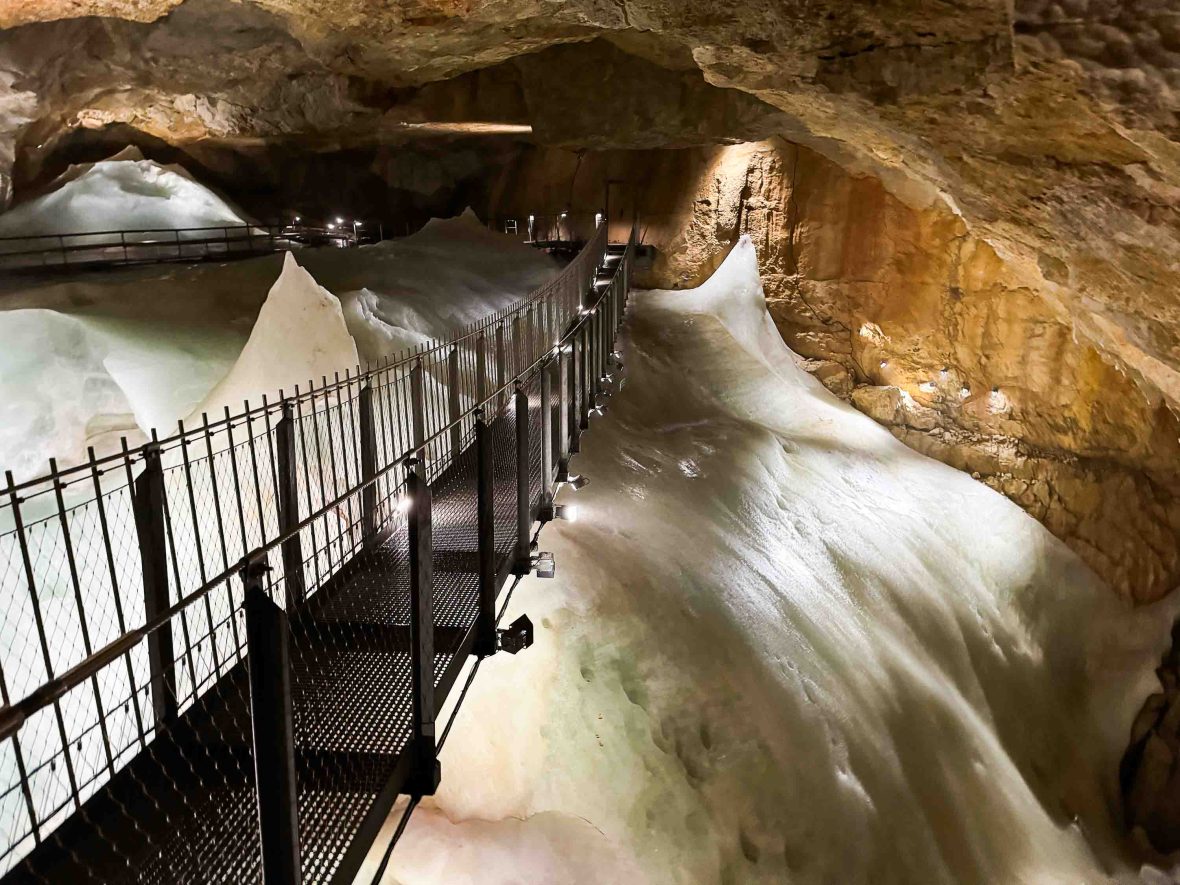
Silvia Frank, a tourist from Germany, is standing on a metal platform that snakes around the natural ice sculptures. These ice blocks are formed from water running down from Dachstein glacier above us and they, too, are gradually shrinking. “You read the newspapers, you know that the mountains are in danger and that the glacier will go,” Frank says, as the ice-clicks around us intensify. “But when you’re here and you can hear the noise of the water, it’s something else. It touches me.”
Fontana says he wanted his duet between the Notre-Dame bells and the melting glacier to “give the glacier a voice”. But can art like this really have an impact on huge issues like climate change?
“It’s a very strong statement—a live sound project with the voice of a melting glacier,” says Fontana. “You understand what you’re hearing, and it’ll have an emotional impact. I hope that doing something like this will have some positive effect on the people who can maybe solve a problem.”
We walk back down the mountain path from the ice cave, removing our beanies and coats as we return to the balmy heat of Austria’s late alpine summer.
**
Bill Fontana’s sound sculpture Silent Echoes: Dachstein is being hosted in Dachstein Giant Ice Cave until November 3, 2024.
Listen to the ‘Silent Echoes’ sound sculpture here
****
Adventure.com strives to be a low-emissions travel publication. We are powered by, but editorially independent of, Intrepid Travel, the world’s largest travel B Corp, who help ensure Adventure.com maintains high standards of sustainability in our work and activities. You can visit our sustainability page or read our Contributor Impact Guidelines for more information.

Jamie Fullerton is a British freelance writer based on the road, most of the time. Formerly features editor of NME (when it was a magazine as well as a website), he has written for titles such as The Guardian, The Times and The Sunday Times, The Telegraph, CNN and Atlas Obscura. He once had a Top Tip published in Viz.




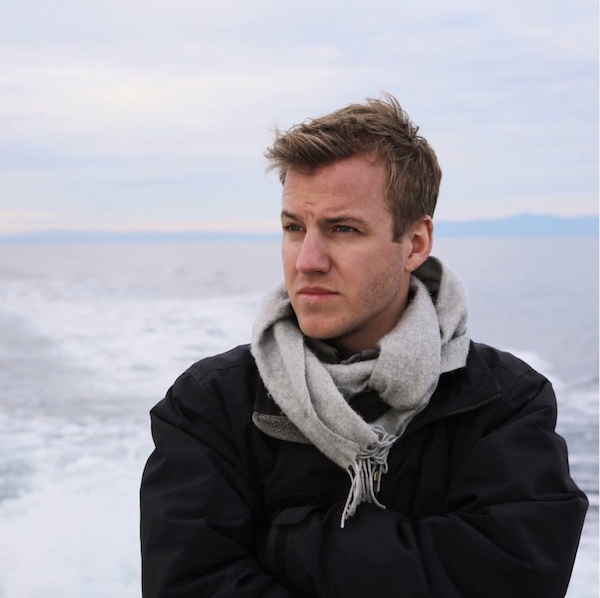

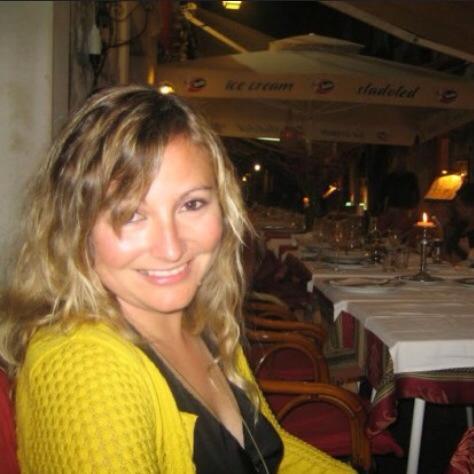

Can't find what you're looking for? Try using these tags: